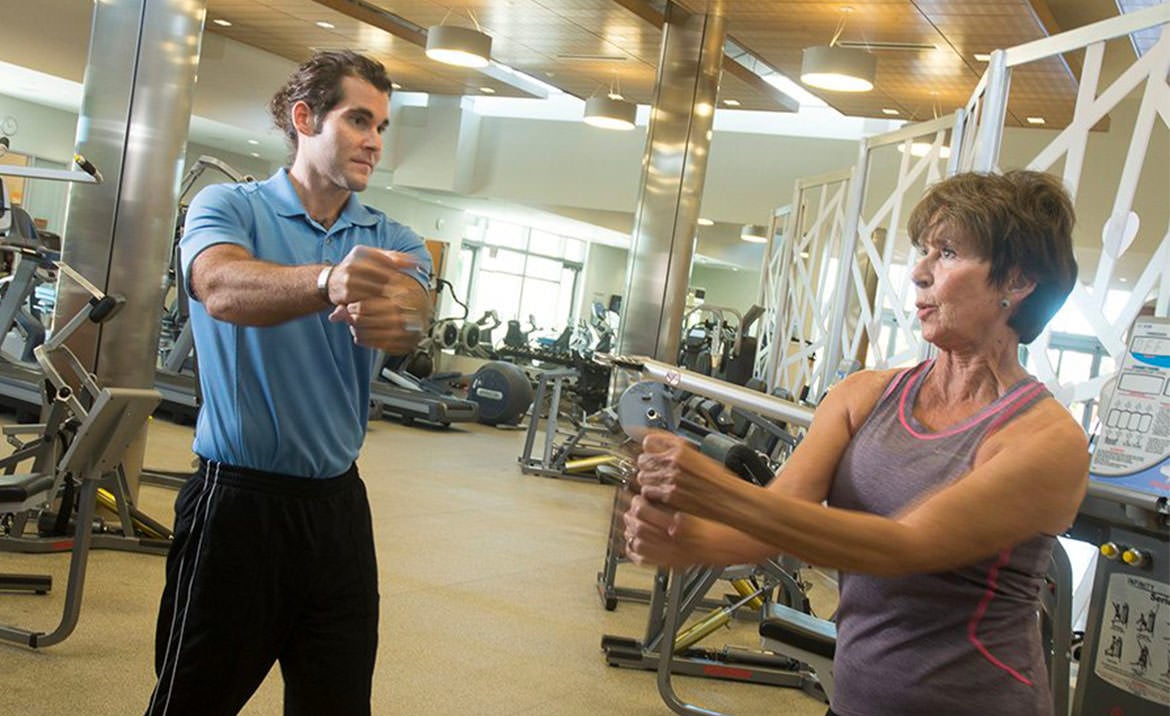 After the age of 30, the average individual loses approximately 3-5% of their muscle mass each decade. This is known as sarcopenia. Over time, that loss grows exponentially quicker, especially in the older population. Follow these three tips and slow down the onset of sarcopenia, before it slows you down.
After the age of 30, the average individual loses approximately 3-5% of their muscle mass each decade. This is known as sarcopenia. Over time, that loss grows exponentially quicker, especially in the older population. Follow these three tips and slow down the onset of sarcopenia, before it slows you down.
Tip One: Include Quality Sources of Protein in Each Meal
The general recommendations for those over age 65 is 1 gram of protein, per day, per 1 kg of bodyweight. For example, a 150-pound man should eat 68 grams of protein per day.
The meals pictured here contain approximately 30 grams of protein and are available Monday through Friday at our café in the Center for Healthy Living.


Recommended Sources of protein:
- Plant-Based
- Lean, grass-fed, meat
- Protein supplements, as tolerated
Tip Two: Perform Resistance Exercises a Minimum of Three Times per Week
Resistance training promotes muscle growth, retention, and stronger bones. A well-rounded program targets all major muscle groups essential for daily living. The equipment at Moorings Park has been selected with the aging individual in mind.
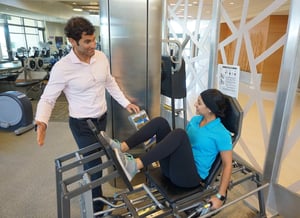
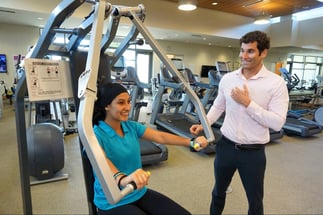
Recommended Schedule:
- Three times per week per muscle group, with a minimum of 24 hours between training sessions
- Two to five sets of exercises
- Eight to twelve repetitions per set of exercise
Tip Three: Have your Body Composition Measured on an Annual Basis
Many devices, ranging from simple to complex, can be used to measure an individual’s muscle mass. As a convenience, ask your physician to measure your body composition during your annual physical.
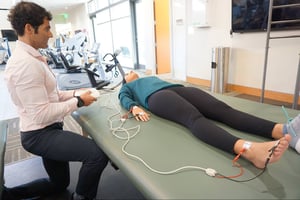
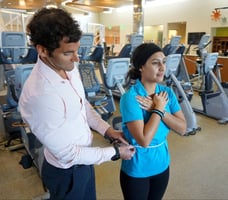
Recommended Measurement Tools:
- Skin-fold Calipers or body measurements
- Bioelectrical Impedance Analysis
- Dexascan
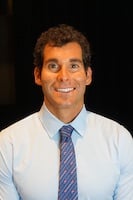
|
Robert Sorenson, MA, CSCS, CSPSCertified Strength and Conditioning Coach (NSCA - CSCS), Certified Special Population Specialist (NSCA - CSPS), Exercise Physiologist, GerontologistAs an Exercise Physiologist and Gerontologist at Moorings Park, Robert has observed a correlation between postural health and quality of life in the older population. He believes those who work to correct their posture will lead longer, happier, and healthier lives. |



